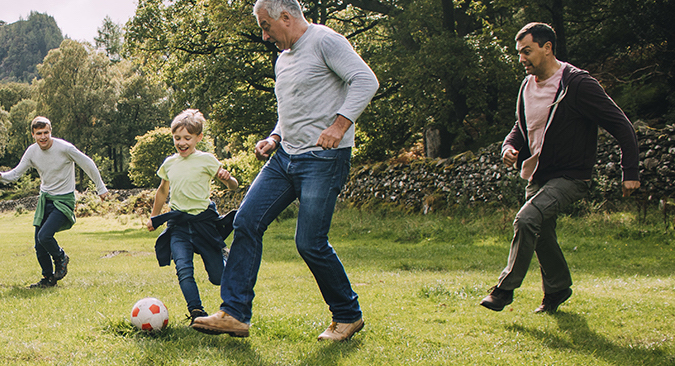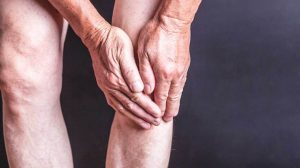Osteoarthritis (OA) is the most common joint disorder worldwide [1]. Although it is more common in older adults, it can also affect individuals as young as 30 years of age. Osteoarthritis often results in pain, disability and reduced quality of life.
Current national and international clinical guidelines recommend education, exercise and weight loss as first line treatment for OA [1, 2]. While you may worry that exercising with OA could harm your joints and cause more pain, high quality research shows that people can and should exercise when they have OA [2-4].
Physiotherapy plays a very important role in the treatment of OA. Our Musculoskeletal Physiotherapist, Hayley Thomson, is very passionate about managing OA. Her approach aims at improving quality of life and the joint’s health by targeting the various factors that are influencing the person’s pain experience. If you or a loved one experiences pain related to OA,
Please call us on 5578-7155 to book an appointment with Hayley
REFERENCES
1. National Institute for Health and Clinical Excellence. NICE guideline on osteoarthritis: The care and management of osteoarthritis in adults, NICE clinical guideline 177. 2014. 2. Wellsandt, E. and Y. Golightly, Exercise in the management of knee and hip osteoarthritis. Current opinion in rheumatology, 2018. 30(2): p. 151-159. 3. Skou, S.T. and E.M. Roos, Good Life with osteoArthritis in Denmark (GLA: D™): evidence-based education and supervised neuromuscular exercise delivered by certified physiotherapists nationwide. BMC musculoskeletal disorders, 2017. 18(1): p. 1-13. 4. Abbott, J., et al., Incremental clinical effectiveness and cost effectiveness of providing supervised physiotherapy in addition to usual medical care in patients with osteoarthritis of the hip or knee: 2-year results of the MOA randomised controlled trial. Osteoarthritis and cartilage, 2019. 27(3): p. 424-434.


